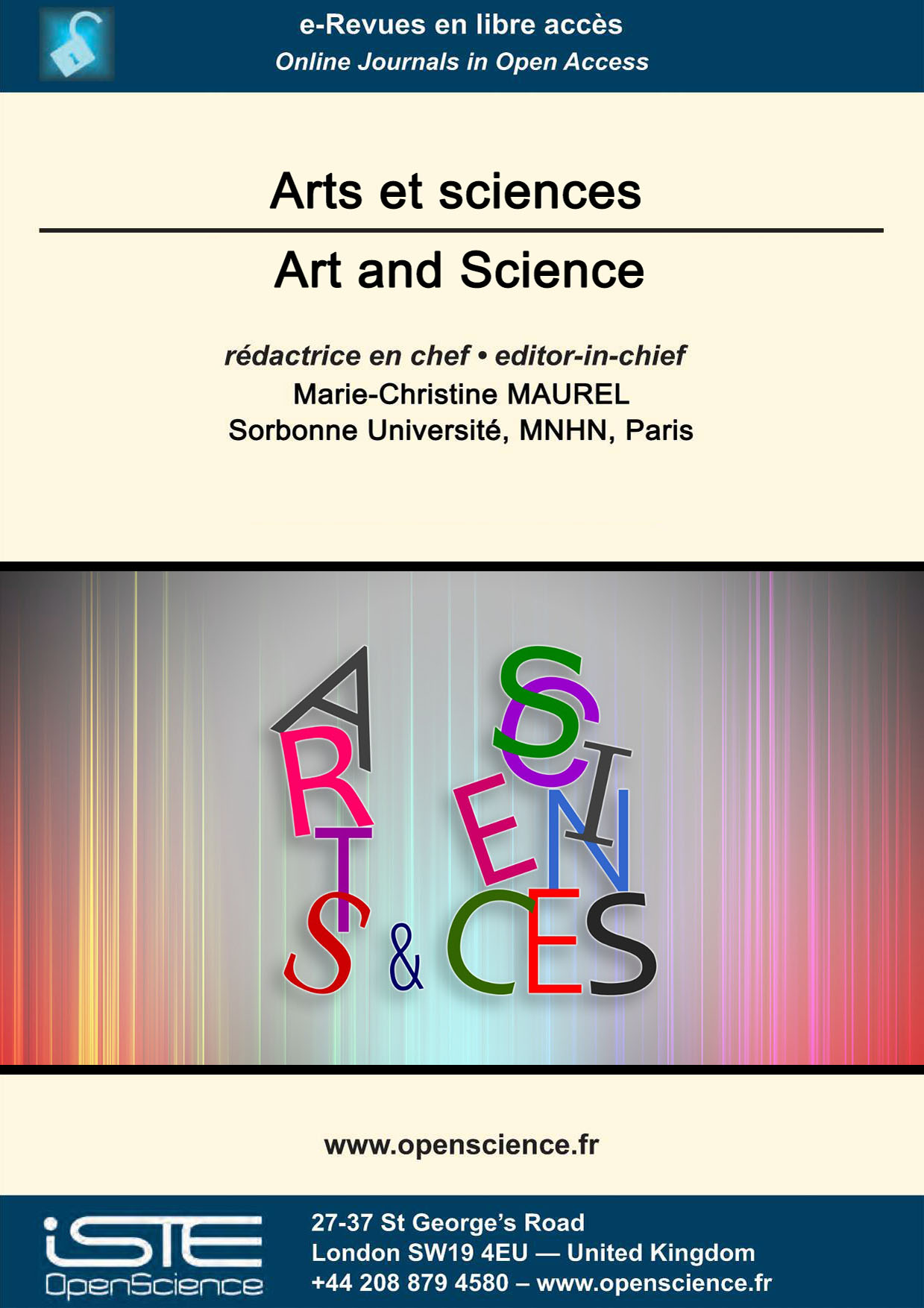

Social Sciences and Humanities > Home > Art and Science > Issue
These excerpts from the book "The beaver of the Cevennes, introduction to complex evolutionary processes" are dedicated to its artistic representation in France and Canada, where it appears on the totem of the first peoples. The author observed Castor fiber on a Cévennes river, it begins to permeate the culture of the Gard hinterland, on the other hand in Ardèche, its presence is recounted from prehistoric times. Nowadays his very remarkable image of a sciuromorph rodent is widely used to promote tourist and craft activities, more generally his name is included in the sign of a major DIY brand.
Jeanne Barré was the first woman naturalist on board a ship for scientific exploration, historical documents testify to her presence on board the frigate "L’Étoile" during the Bougainville expedition, around the world and in Madagascar. Nautical charts and plates drawn by painters and naturalists are works of art that illustrate the narratives of travel. The in-depth study of the Navy archives at the origin of these stories, in particular the reading of each command report written by the captain of the vessel, head of the hydrographic and scientific mission, informs us about the adventures experienced by the crews, naturalists and painters. As a marine historian and naturalist, this research leads us to promote long-term scientific exploration on the seas, oceans and continents.
What explains our attitudes to art? Why do we attribute a particular meaning to art objects and events? Ellen Winner introduces us to the current state of psychological research on art. She shows us how aesthetic experience is linked to our emotions and what role our value judgements play in it. In this way, she provides us with the keys to understanding why art matters so much to us.
Jean-Baptiste Vérany (1800-1865) was a naturalist of wide interests, and the founder of the Muséum d’Histoire Naturelle de Nice. His specialty was marine mollusks, especially cephalopods (e.g. octopuses, squids). Vérany’s major monograph was on cephalopods of the Mediterranean Sea published in 1851, "Mollusques méditeranéens; observés, décrits, figurés, et chromolithographiés d’après le vivant". It included descriptions of new species and 43 plates showing cephalopods ’in living color’. The monograph appears to be of relatively minor scientific importance. However, Vérany’s illustrations inspired depictions of cephalopods as both a beast and as beauties by important literary and artistic personalities. Here, first the life of Vérany will be sketched and examples of his striking illustrations of cephalopods ’in living color’ given. Then the use by Victor Hugo, the 19th century French novelist, of one of Vérany’s illustrations of an octopus to depict the ferocious beast in his 1866 novel Toilers of the Sea (Les Travailleurs de la mer) will be shown. The novel was a major contribution to the popular image of cephalopods as beasts. Not long after, in the 1870’s, Verany’s illustrations were used by the renowned Blaschka glass workers to produce beautiful glass models of cephalopods. Ernst Haeckel, in his famous Art Forms in Nature (Kunstformen der Natur 1899-1904), depicted Verany’s squids as beauties of nature. Although rarely acknowledged, Verany’s lasting legacy with regard to cephalopods may be his illustrations, rather than his descriptions of new species.
In his short story entitled "Tlön uqbar orbis Tertius" Borges imagines a world in which things exist because of the imagination of humans. He takes the example of a walk that would have disappeared because a beggar would have given up coming there to beg. He thus admits that the human imagination gives things their existence. If he were still of this world -but has he really left it- he would see in Science, which has progressed by challenging the invisible and the imperceptible, the discreet emergence of another world, the one beyond human perception, the one where the imaginary makes up for the insufficiencies of reality.
Since the 1980s, the scientific discipline called "molecular and physical gastronomy" has been responsible for upheavals in culinary practices, but the people who have contributed to the changes are scientists who have stepped out of their role to perform technological work. Technical openness due to these works has led some cooks to better assume the status of culinary artists, as opposed to what has long remained a craft or an art craft. The first trend born of technical transfers was called "molecular cuisine"; it was followed by various initiatives (abstract cuisine, culinary constructivism, etc.), but it is above all synthetic cooking, nicknamed "note-to-note cuisine", that is developing today throughout the world.

2025
Volume 25- 9
Issue 12024
Volume 24- 8
Special issue2023
Volume 23- 7
Issue 12022
Volume 22- 6
Issue 12021
Volume 21- 5
Special issue2020
Volume 20- 4
Special issue2019
Volume 19- 3
Issue 12018
Volume 18- 2
Issue 12017
Volume 17- 1
Issue 1